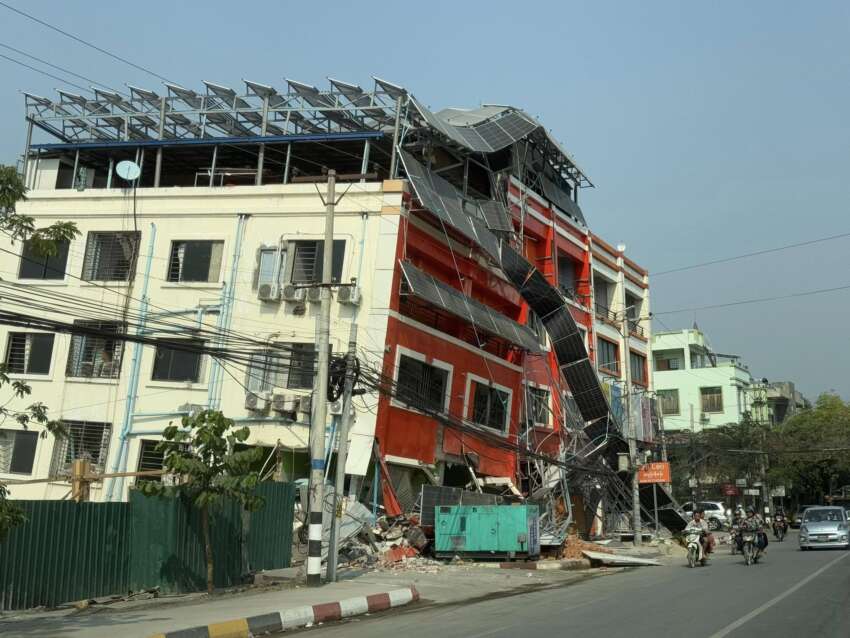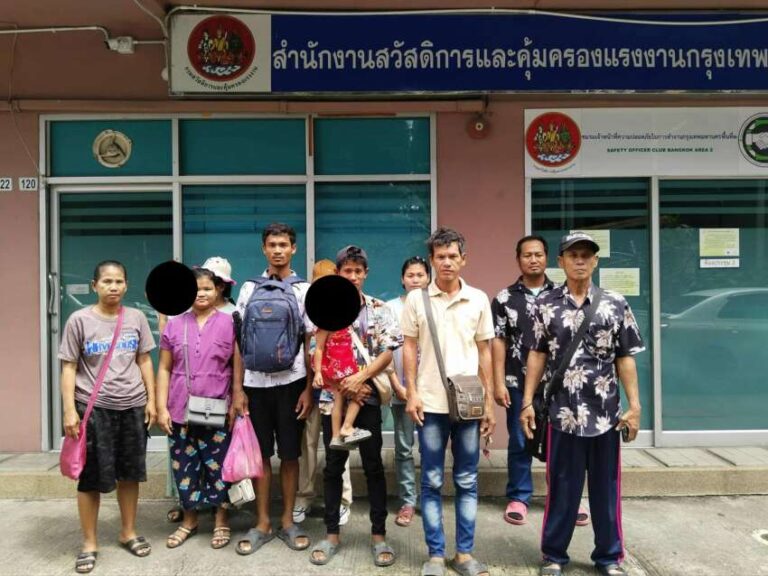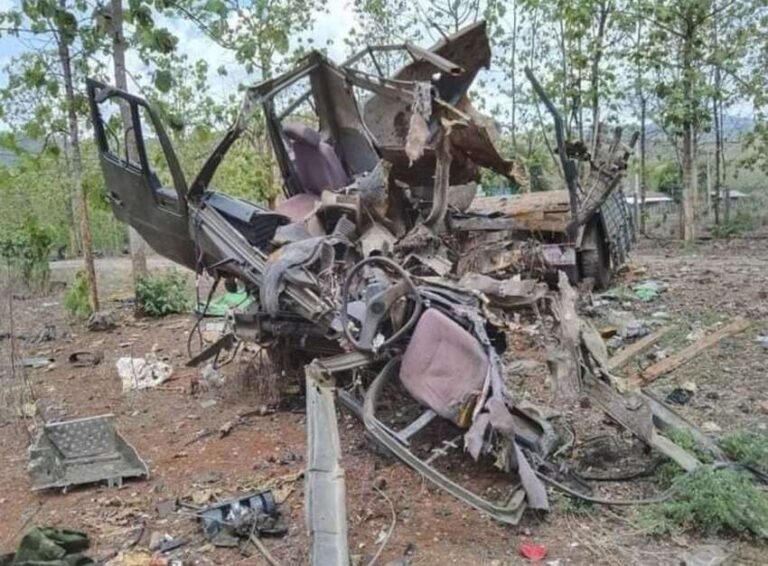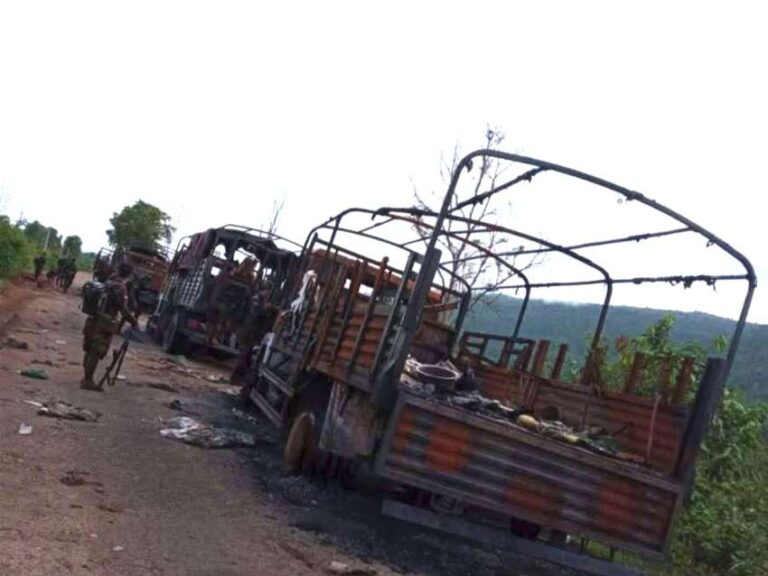
The World Bank has announced that Myanmar’s economy is expected to experience a significant downturn in the 2025-2026 fiscal year due to the magnitude 7.7 earthquake that struck on March 28. The economic growth projection has been revised downward by 2.5 percentage points from previous estimates, representing a loss of over US$2 billion. According to the World Bank’s assessment, the earthquake has caused damage equivalent to approximately US$11 billion, representing 14 percent of Myanmar’s GDP.
Naypyidaw and Mandalay were the regions most severely affected by the earthquake, with the industrial sector experiencing widespread factory closures, production halts, supply chain disruptions, labor shortages, and infrastructure damage that brought business operations to a standstill. Additionally, there was extensive damage to residential properties, office buildings, commercial spaces, and other economic infrastructure. The manufacturing sector has been particularly impacted, with numerous facilities forced to cease operations due to structural damage and safety concerns.
Melinda Good, the World Bank’s Country Director for Thailand and Myanmar, emphasized that the earthquake has not only resulted in loss of life and displacement but has also exacerbated the already challenging economic conditions in the country. She noted that this disaster has further tested the resilience of the Myanmar people, highlighting the urgent need for recovery assistance, particularly for the most vulnerable populations. The impact of the earthquake has created additional challenges for a country already struggling with significant economic difficulties.
Myanmar’s economic situation has been deteriorating due to ongoing conflicts, with inflation reaching 34.1 percent as of April 2025. The World Bank reports that more than three million people are currently displaced within the country, and the poverty rate is expected to exceed 30 percent in 2024. The earthquake damage has compounded pre-existing economic problems, creating significant challenges for recovery efforts. The combination of political instability, economic challenges, and natural disaster impacts has created a complex crisis requiring substantial intervention and support for recovery and reconstruction.



